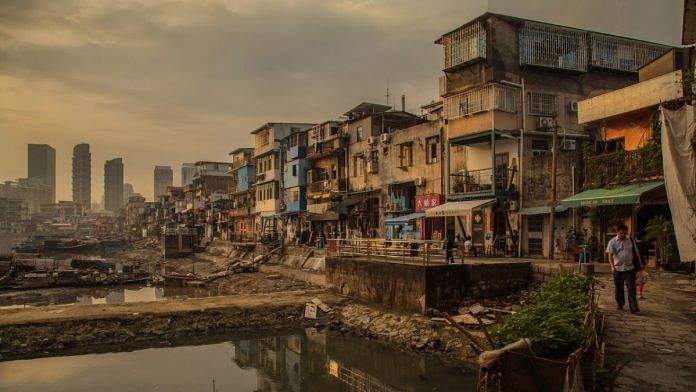Social mobility is the extent to which an individual’s life chances are determined by their starting point in life. A society with high intergenerational mobility is one in which an individual’s family background, such as parental income, occupation or class position has little impact on where they end up later in life. Conversely, a rigid society is one in which individual class position, occupation and income are strongly determined by those of their parents. Social mobility is in many ways indicative of equality of opportunity.
Despite widespread belief that individual choice is the predominant determinant of individual outcomes, in most societies today, a person’s background strongly determines the level of education they will attain, the kind of work they will do, and their income. The playing field isn’t flat in other words, and where you start in life will play a stronger role in where you end up than effort, talent or choice. The policies we would employ to deal with inequality resulting from laziness are likely to be very different from those we might design to address different starting points in life resulting from luck — who our parents are. Rawls’ veil of ignorance is a useful concept here. How would you design a society if you didn’t know in what position you would end up?
The implications of this are far-reaching. Low social mobility is bad for economic efficiency. Imagine talented young people whose opportunities for realising their abilities are constrained, while at the same time, high-level positions are held by individuals without the ability to maximise them. Even more, social mobility is important in terms of fairness; it impacts life satisfaction, wellbeing, and social cohesion.
Also read: Seven ways Economics can change in the 2020s
Technological and economic transformations, characteristic of the fourth industrial revolution (4IR), are throwing into question the nature of employment, education and social protection across the globe. As we begin to address the impacts of these transformations and design policies for the future, an important lens through which to consider them is that of social mobility and equality of opportunity.
For instance, the 4IR has seen the rise of short-term, digitally-enabled jobs in the gig economy. These jobs on average have lower wages and offer few opportunities for upward career progression than traditional jobs. If it is the less well-off that are making ends meet in the gig economy, this will lead to greater stratification and lower social mobility over time. It is essential, therefore, that employment in the gig economy is not the only income-generating opportunity for those at the lower end of the income distribution, as jobs in the gig economy have a low propensity for upward mobility.
Further, increasing focus on skills and vocational education has been a widespread response to technology adoption and uncertainty in the 4IR. This approach is rooted in the idea that the skill requirements of firms are changing with rapid technological adoption. And, in order to meet the skill requirements of the industry, large portions of the workforce need to undergo relevant skills training. Strategies to this effect often prioritise higher education for the well-off, and skills training or vocational education for the less well-off. In practice, this is constraining social mobility and further entrenching disparities by filtering individuals from disadvantaged backgrounds into educational pathways that have less tendency for high incomes and upward mobility.
Also read: How the world changed economics, and vice versa, in the past decade
Third, the social protection regimes of the last century, which revolve around an employer-employee relationship, are an ill fit for emerging employment relations in the 4IR. Ensuring a minimum level of protection for all is necessary for mitigating social and economic risks. Accounting for changes in employment trajectories and patterns will be critical for designing equitable and appropriate protections that meet the needs of workers. Those in non-standard forms of work, who are not considered employees, are underserved when it comes to employer-provided protections such as parental leave, sickness and injury, and unemployment protection. Without redesigning social protection schemes, gaps in coverage will increase, particularly for the less well-off.
We must ensure that the uncertainties created by rapid transformations in the 4IR do not lead to greater entrenchment of social inequities. As we design policies for the future, equality of opportunity and social mobility should be at their core.
Terri Chapman is an Associate Fellow with ORF’s Economy and Growth, and Cyber and Media programmes. Views are personal.
This article was first published on ORF.



